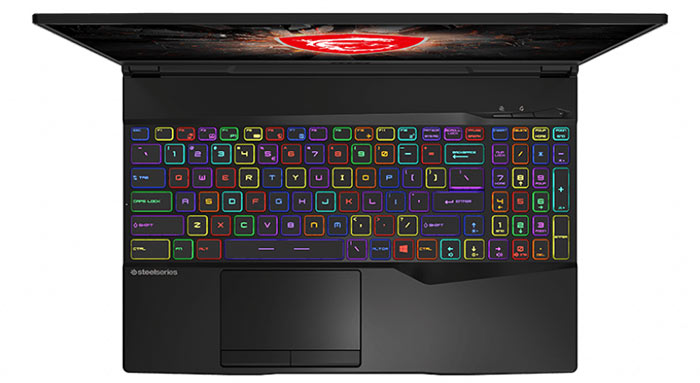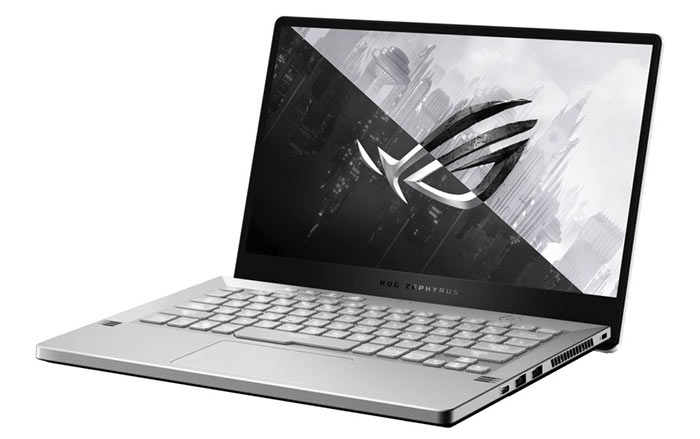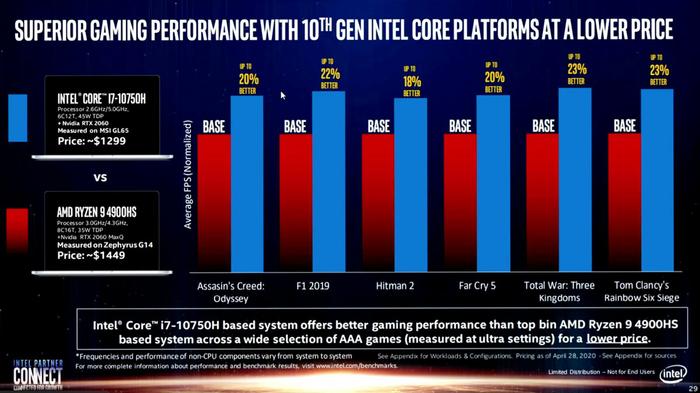A presentation slide from Intel's Partner Connect presentation, last month, has been causing some ire on social media and tech news channels. The slide in question is embedded directly below and, as you can see, is headlined 'Superior gaming performance with 10th gen Intel Core platforms at a lower price'. The assertion relies on a graph comparing the average FPS (normalised) of two gaming laptops in a selection of modern titles - and the MSRPs of the comparison laptops.
Click to zoom image
The slide headline appears to be correct; the MSI GL65 Leopard laptop with Intel i7-10750H is hitting higher average FPS than the competing Asus ROG Zephyrus G14 with AMD Ryzen 9 4900HS processor. Furthermore, the MSI laptop is $150 cheaper. However, this isn't and apples-to-apples comparison as gaming performance leans heavily on the GPU (which is different) and, particularly in gaming laptops, on the form factor's cooling capabilities.
RoGame, who shared the slide on his Twitter account yesterday, summed up the key differences in the MSI and Asus gaming laptops as per my table below:
|
MSI GL65 Leopard |
Asus ROG Zephyrus G14 |
|
|

In April, Nvidia updated its Max-Q technologies, and you can see the headlined changes in its blog from the time - but it mostly talks about the high end introductions of the GeForce RTX 2070 Super and GeForce RTX 2080 Super GPUs in Max-Q configurations.
NoteBookCheck has picked through this comparison and asserts that both the laptops under the spotlight use a GeForce RTX 2060 Max-Q but the new MSI GL65 Leopard uses a 90W variant of this GPU, compared to the 65W version in the Asus ROG Zephyrus G14. It highlights that the MSI machine's GPU has a "38 per cent TDP advantage [but] performance gains were muted at 'up to 20 percent'."

It would be interesting to hear what HEXUS readers think about this kind of presentation slide. Is it fair game to compose such a comparison, or has Intel been a bit disingenuous here? It might be worth keeping in mind that Intel CEO Bob Swan recently went on the record to say that the industry should shift its focus "from benchmarks to the benefits and impacts of the technology we create."














